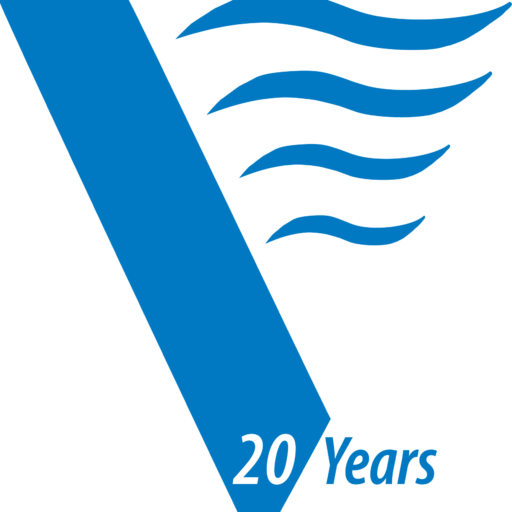This study involved placing Vortex surface tools in BP America’s Manzanares coalbed methane gas gathering system. The three Vortex surface tools provided a significant benefit both in improved pressure stability, rate increases, the ability to prevent liquid drop-out in long gathering lines and reduced manpower requirements from eliminating a weekly pig run. BP also reduced the horsepower requirement for the compression station and, following this trial, ordered additional tools for the coalbed methane gathering systems in the San Juan basin. PDF

